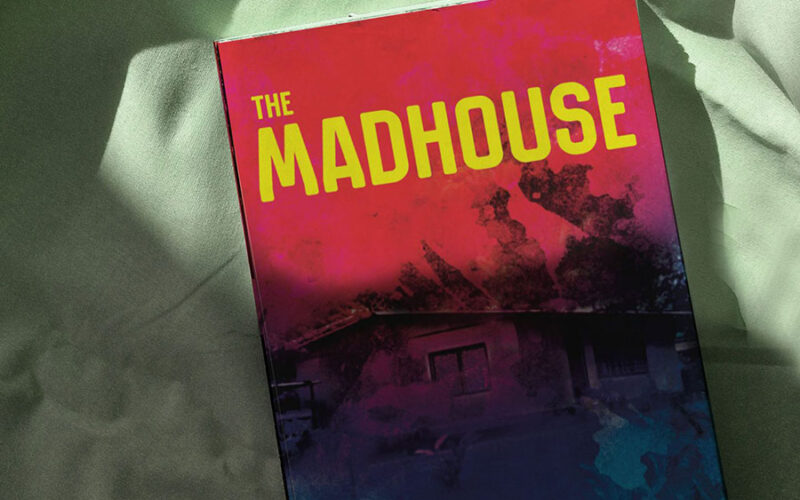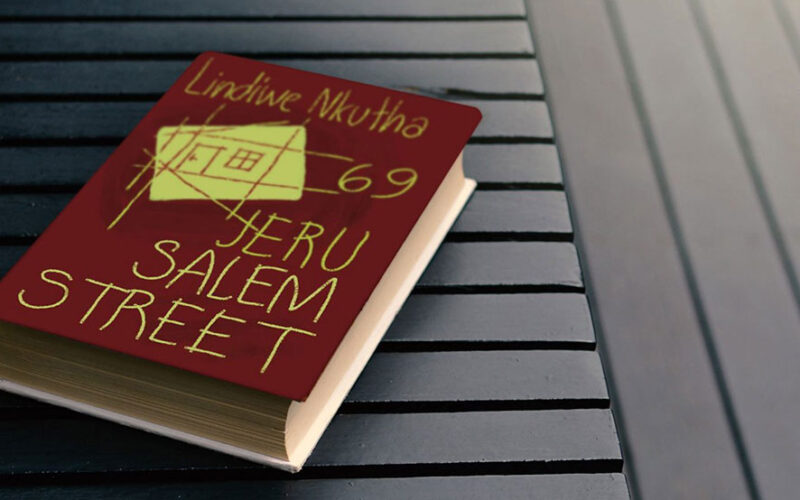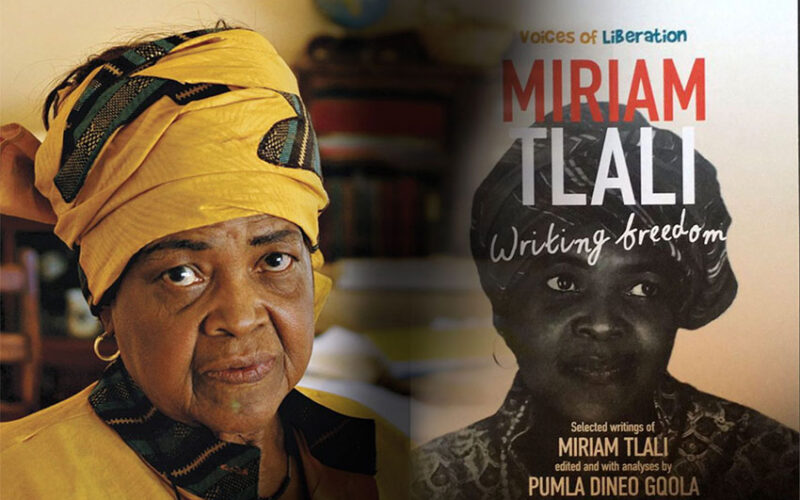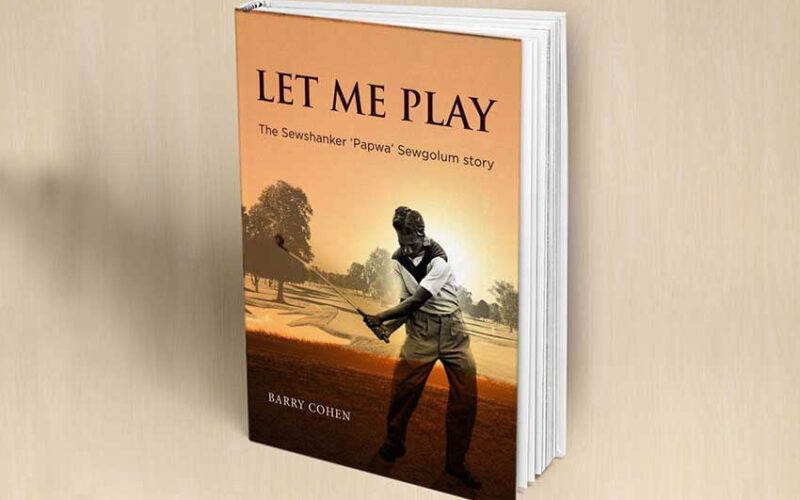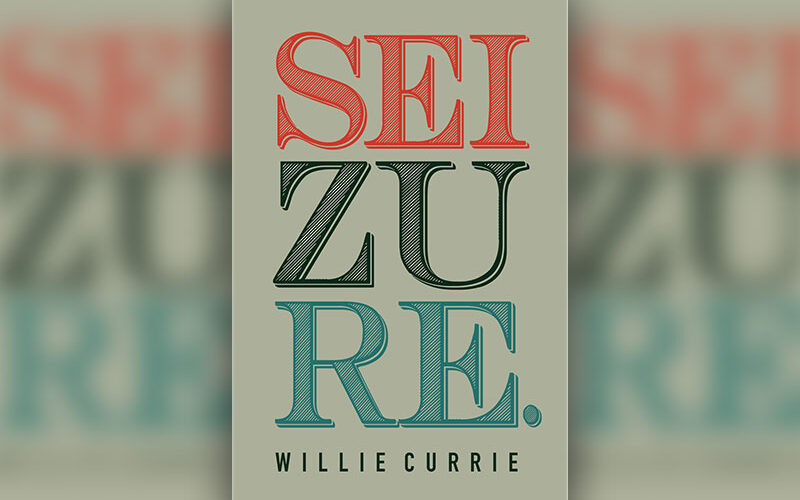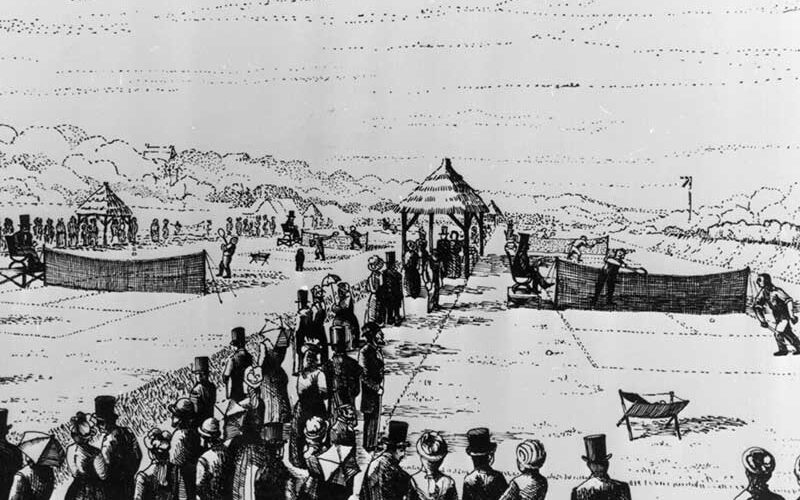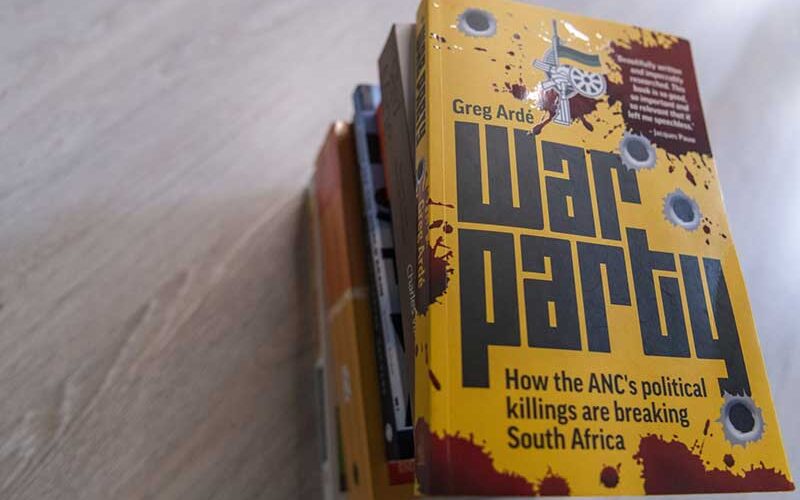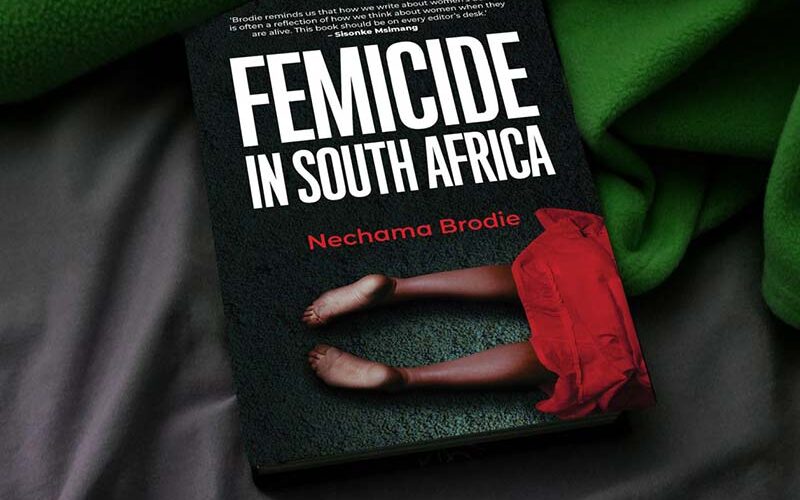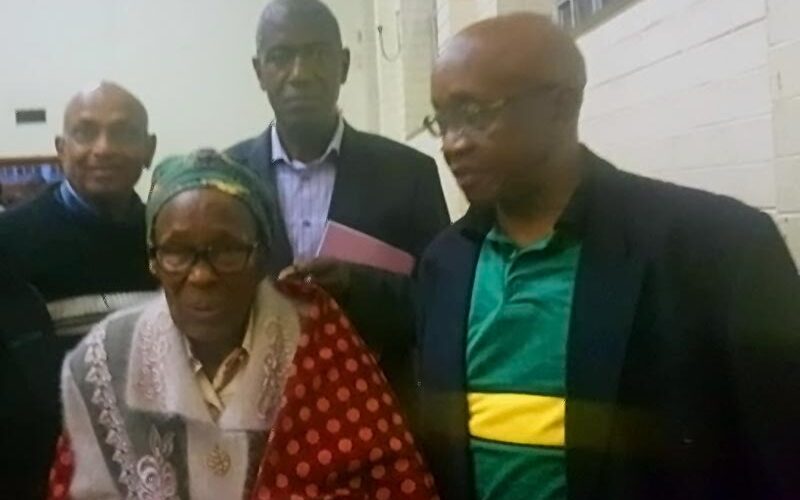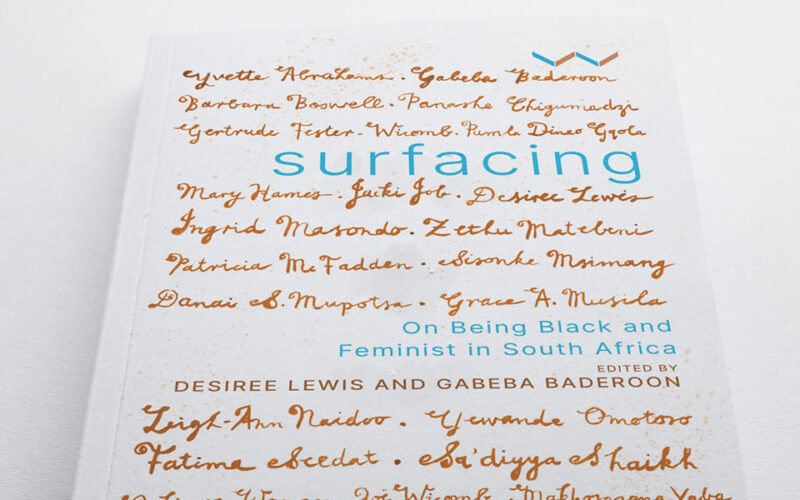
Book Review | Black and feminist in SA
SINDI-LEIGH MCBRIDE SURFACING: On Being Black and Feminist in South Africa is a radiant presentation of the diversity of being a Black woman in South Africa. The book is aglow with the radical possibilities of art, activism and critical theory – easily illuminating diverse intellectual spaces, from divinity and dance to photography and philosophy. Ainhehi Edoro accurately described Surfacing as an “immersive experience” and “feminist utopia”, but it is also so much more than that – offering groundbreaking work. The editors – feminist theorist Desiree Lewis of the University of the Western Cape and poet and feminist scholar Gabeba Baderoon, who is based at Penn State University…

